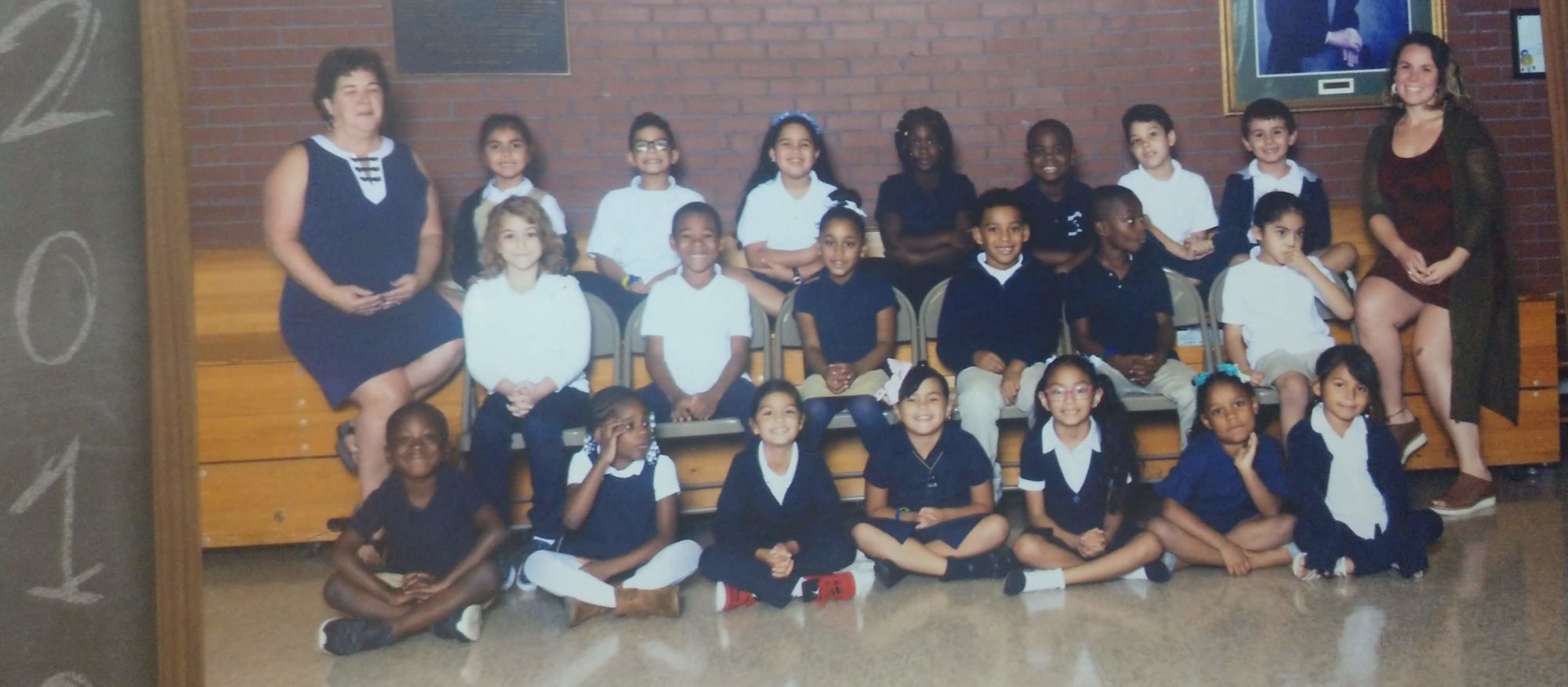Below is a brief descriptions of the lessons in this unit. Please click on the hyperlinked PDFs to read in more detail about them.
Lesson 1: What is culture?
Activity /// We will look at a map of Worcester in the “street” mode on Google docs so students, as students start to notice and wonder about the map, gathering evidence of multiple cultures on the streets of Worcester (restaurants, stores, street names, types of clothing, etc.)
We will also look at various videos of dances and cooking in small groups to introduce this idea of what culture is.
Learning Goals ///
SWBAT* record their noticings and wonderings of the map.
SWBAT understand that Worcester is very culturally rich. (Rich has 2 meanings).
Students will begin to develop their understanding what culture is.
Lesson 2: What are our own cultures?
Activity /// Students will be researching their own cultural backgrounds on websites I have chosen that will answer many basic aspects about culture.
Learning Goals ///
SWBAT use the headings of a web page to navigate and answer their questions.
SWBAT raise their hands if they have a vocabulary question.
SWBAT discover more of their own cultural background through a website.
Lesson 3: Continuing research
Activity: Students will continue researching their cultures, but now through the online platform, Google Classroom. Through Google Classroom students can be more autonomous in their research, as well as get used to a new tool our classroom will use in the future.
Learning Goals ///
SWBAT independently access Google Classroom (after a detailed walk through, of course).
SWBAT use the headings of a web page to navigate and answer their questions.
SWBAT know whether working independently or in a pair is a better choice for them and their focus.
Lesson 4: Who in our community can teach us about culture? (Guest visit from William Polanco)
Activity: Father to one of my students, William Polanco will come in and teach us about the Puerto Rican flag, as well as his experience with his culture.
Learning Goals ///
SWBAT ask questions that make sense grammatically and in the context of our culture unit.
SWBAT ask questions of Mr. Polanco that show they are listening to their peers (i.e. not repeating questions).
SWBAT show with their bodies they are listening to the speaker (e.g. sitting safely, facing the speaker, eyes on the speaker).
Lesson 5: What can we learn about culture from our flags?
Activity /// As a class, we will examine the similarities we notice between different country’s flags and determine what that could imply to understand more about culture.
Learning Goals
SWBAT make connections from our previous speaker’s insight on flags and all of the flags we are examining.
SWBAT understand that we learn culture through our family from generation to generation.
Lesson 6: Who in our community can teach us about culture? Guest visit from Afriany Ventura
Activity: We will have guest visitor, Afriany Ventura, teach us to make a food from her culture of the Dominican Republic, empanadas.
Learning Goals
SWBAT ask questions related to culture and particular to Afriany.
SWBAT follow oral instructions about cooking, and ask questions as needed.
SWBAT show respect for a guest by following normal classroom rules of listening to the speaker, not talking over one another, and raising their hand.
Students will see how human and personal culture is, and that everyone has their own thoughts about their culture.
Lesson 7: What can literature of a familiar fairytale teach us about culture?
Activity /// Students will read different versions of the same popular fairytale, Cinderella, to better understand different cultures from around the world.
Learning Goals ///
SWBAT apply their understanding of culture to the story to explain what they notice about the culture of the country they’re reading a fairytale from.
SWBAT pull out specific examples from the text to show their understanding of culture as it relates to the fairytale.
SWBAT understand the meaning of folktale as it relates to this fairytale.
Students will see the connection between the IRA folktales we’ve been reading from different countries and these different versions of Cinderella.SWBAT compare and contrast their version of Cinderella to the story we’re told in this country.
Lesson 8: What have you learned about culture and how can you share it with your peers?
Activity /// Students will be paired off to write interview questions for each other, plan an interview, and record their interview on Flipgrid, and educational video recording website.
Learning Goals ///
SWBAT work as a team with their partner (e.g. sharing the Chrome book, deciding on a plan that feels both parties, and staying on task).
SWBAT create interview questions that are about culture and also ask their partner of their opinions.
SWBAT use FlipGrid appropriately (e.g. staying on the website, following the directions I’ve given, not fighting with their partner over screen time).
*SWBAT = Student will be able to
